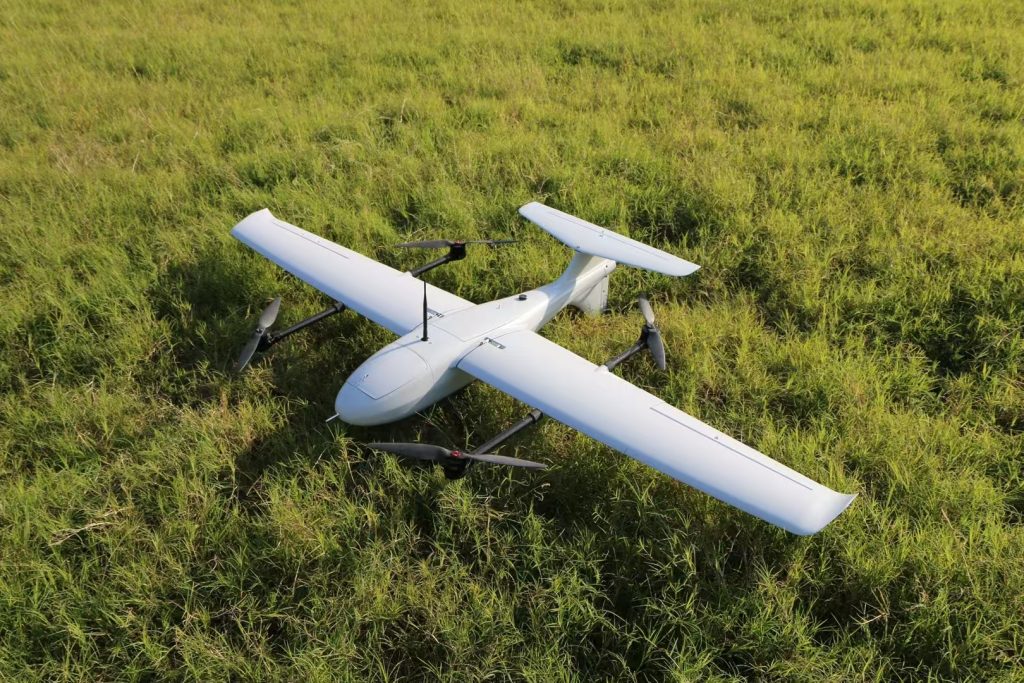
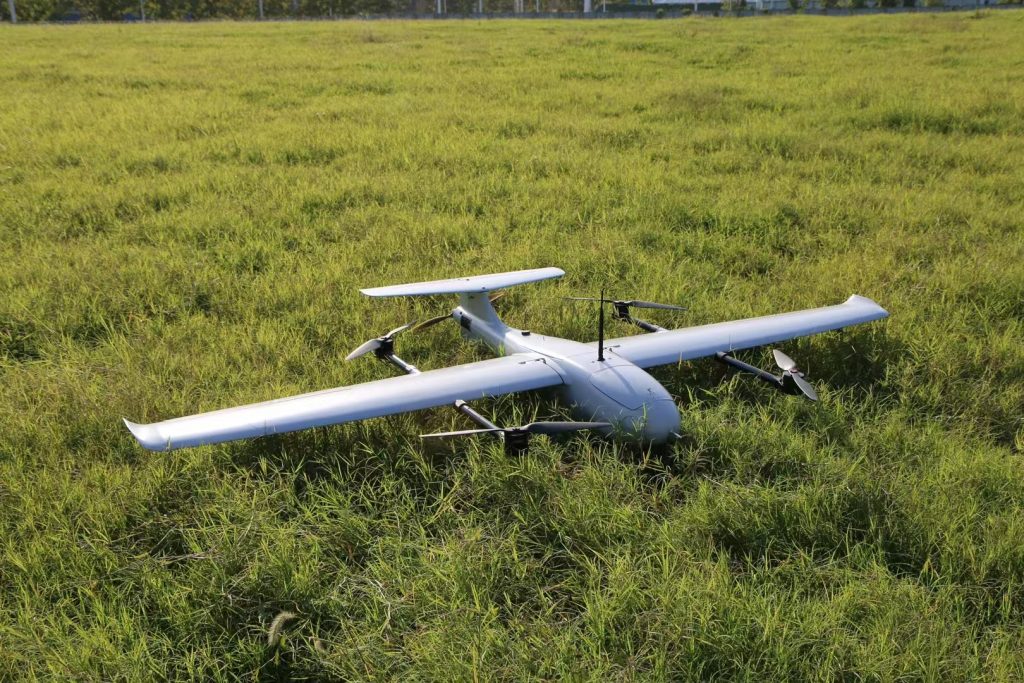
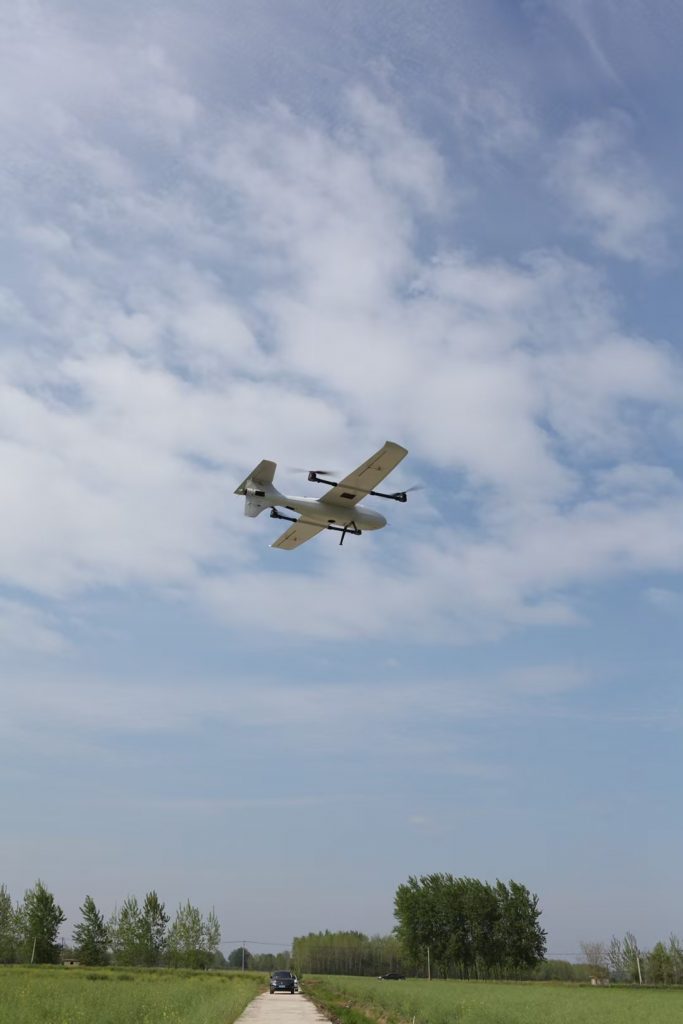
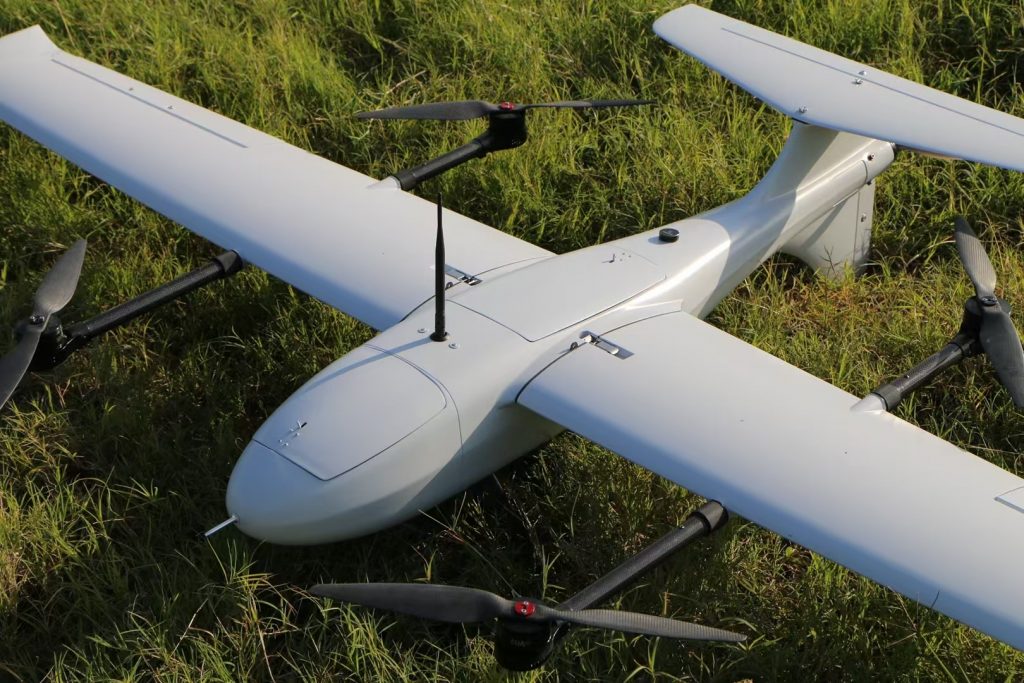
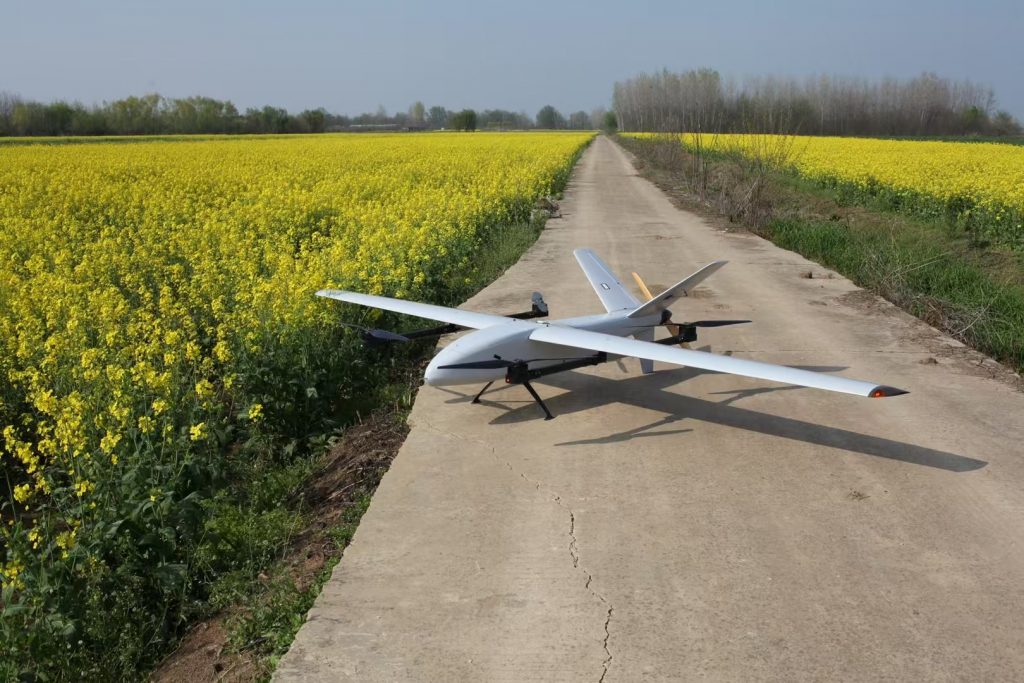
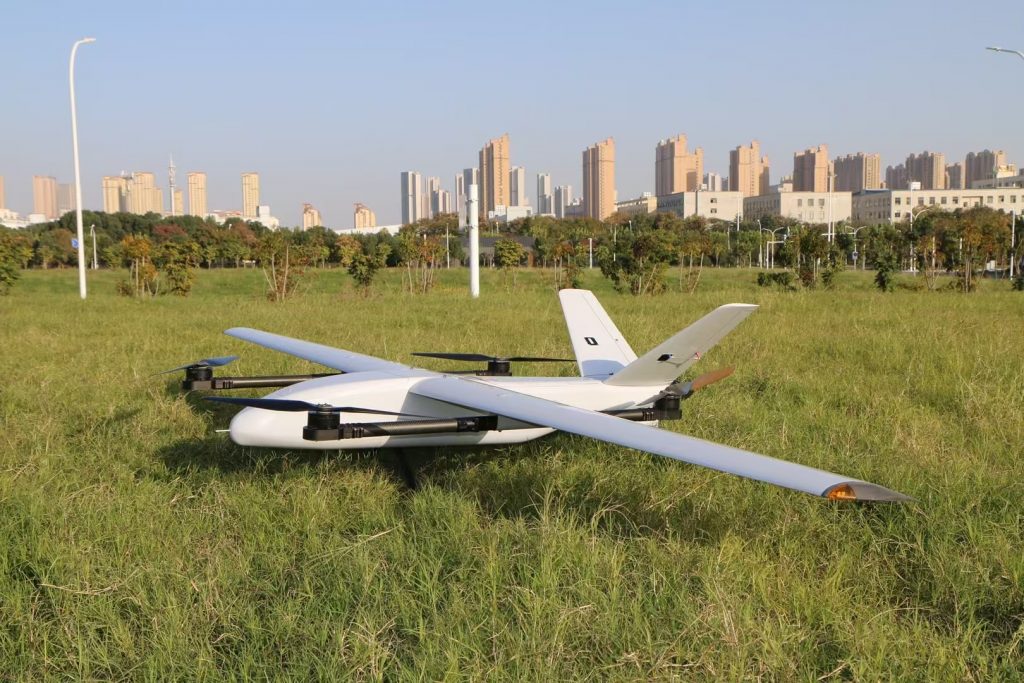
The Challenge of Traditional Pesticide Application
Manual pesticide spraying in China faces persistent hurdles:
- Labor shortages due to urban migration, leaving crops vulnerable during peak seasons.
- Environmental risks from overuse of chemicals, leading to soil degradation and water pollution.
- Inefficiency—traditional methods waste up to 60% of pesticides through wind drift and uneven coverage.
These gaps highlight the urgent need for smarter, automated solutions.
Technological Breakthroughs in Automated Drones
Chinese agricultural drones now integrate cutting-edge features to optimize pesticide delivery:
- 3D Terrain Mapping
LiDAR-equipped drones create detailed 3D field maps, adjusting flight paths to avoid obstacles and ensure uniform spray distribution, even in terraced rice fields or dense orchards. - IoT-Enabled Sensor Networks
Drones sync with soil moisture sensors and weather stations to schedule applications during optimal humidity levels, reducing evaporation and maximizing chemical efficacy. - Closed-Loop Automation
Automated refilling systems and cloud-based fleet management allow drones to operate continuously across large farms, reducing human intervention by 90%. - Eco-Friendly Formulations
Partnered with agrochemical giants, drones now dispense bio-degradable pesticide formulations that break down faster, minimizing ecological footprints.
Real-World Impact Across China
From arid northern plains to subtropical southern regions, drones are transforming farming practices:
- Xinjiang Cotton Farms: Drones with multispectral cameras detect bollworm infestations early, enabling targeted pesticide use that reduces chemical usage by 45% while boosting yields by 20%.
- Jiangsu Rice Fields: Automated drones treat vast expanses at night, leveraging cooler temperatures to reduce chemical volatilization and protect pollinators.
- Hainan Tropical Fruit Orchards: Lightweight drones navigate coconut and lychee canopies, applying micro-doses of fungicides to prevent outbreaks without damaging fruit quality.
Policy-Driven Growth and Market Momentum
China’s government has prioritized drone adoption through:
- Subsidies: Up to 30% reimbursement for farmers purchasing pesticide drones.
- Regulatory Frameworks: Mandates for drone-recorded application logs to ensure compliance with food safety standards.
- R&D Investments: $1.2 billion allocated to develop drones capable of handling ultra-low-volume (ULV) pesticide sprays.
This support has propelled China to dominate 35% of the global agricultural drone market, with exports surging to Southeast Asia and Africa.
Sustainability Metrics: Beyond Cost Savings
Chinese pesticide drones prioritize planetary health:
- Water Conservation: Reduced chemical runoff preserves aquifers, critical in drought-prone regions like Inner Mongolia.
- Carbon Neutrality: Solar-powered charging stations for drones offset 80% of their operational emissions.
- Biodiversity Protection: Precision application safeguards natural predators of pests, reducing reliance on broad-spectrum chemicals.
Future Innovations on the Horizon
- AI-Powered Predictive Analytics
Machine learning models will forecast pest outbreaks using satellite imagery, enabling preemptive drone interventions. - Swarm Intelligence
Coordinated fleets of drones will treat multi-hectare fields in minutes, ideal for China’s mega-farms. - Blockchain Traceability
Recording every spray event on immutable ledgers to meet EU and US food safety certifications.
Conclusion: A Blueprint for Global Agriculture
China’s automated pesticide drones exemplify how technology can balance productivity and sustainability. By minimizing waste, reducing labor risks, and aligning with global eco-standards, these drones offer a replicable model for nations grappling with food security challenges. For farmers and agribusinesses, adopting this technology isn’t just about keeping pace—it’s about leading a greener agricultural revolution.
Upgrade Your Farming with Intelligent Automation
Transform your pesticide management with drones that deliver precision, savings, and sustainability.
Keywords integrated: Automated pesticide-application drones, precision agriculture technology, sustainable farming solutions, IoT-enabled agriculture, Chinese agri-tech innovation.












暂无评论内容